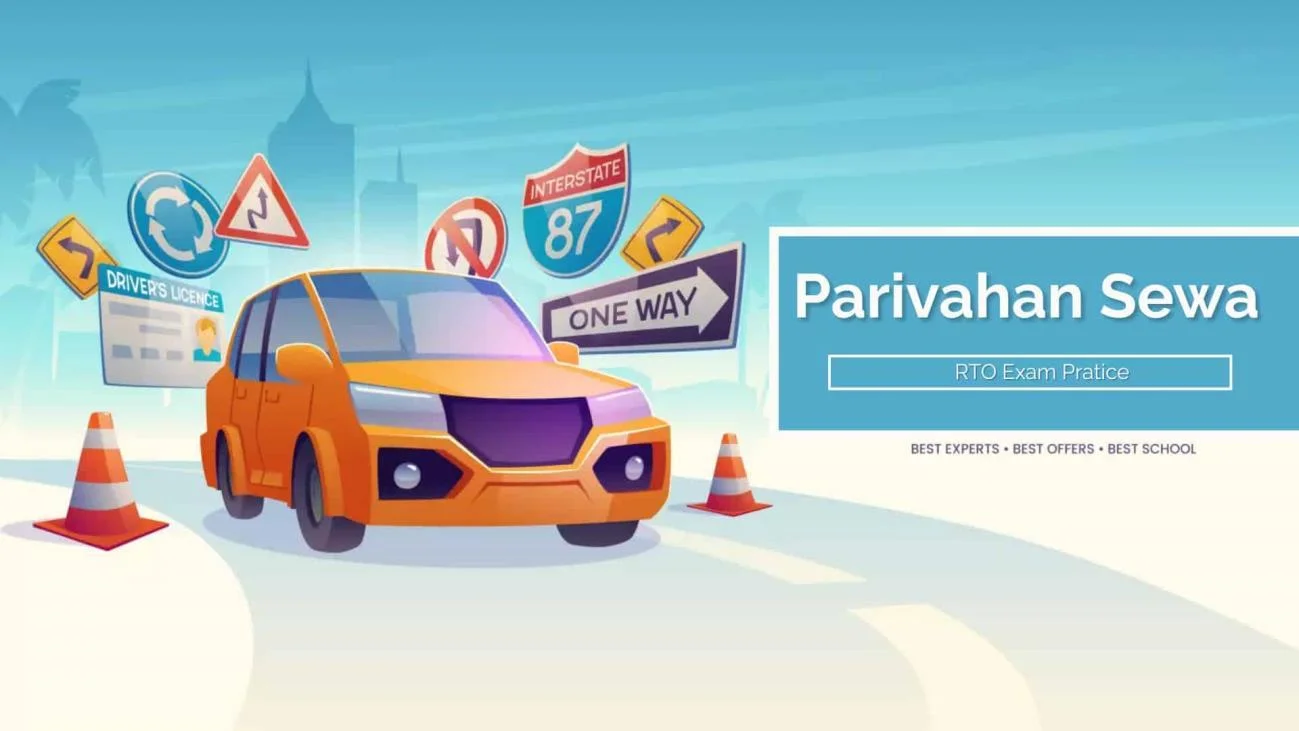Parivahan Sewa is something I, like many people, use daily to travel. Whether it’s the local bus I take each morning or the metro that helps me avoid Delhi’s traffic, parivahan.gov.in plays a vital role in my life. It’s more than just getting from one place to another—it’s about connecting millions of people across India. After using it so often, I can say it’s a lifeline for many, including me.
This service includes buses, trains, metro services, and even rickshaws. It makes commuting easier and helps reduce the number of private cars on the road, which is good for the environment. Let’s dive into how parivahan.gov.in impacts us all.
Table: Overview of Parivahan Sewa Modes
| Mode of Transport | Description | Key Benefits |
|---|---|---|
| Buses | Public buses in cities and towns | Affordable, easy to use, eco-friendly |
| Trains | Government-operated train services | Fast, efficient, reduces road traffic |
| Rickshaws | Three-wheeled transport in cities | Flexible, affordable, local service |
| Ferry Services | Boat services on rivers and coasts | Helps connect remote areas |
What is Parivahan Sewa?
Parivahan Sewa is the backbone of India’s public transport. I’ve used it so often, and it has made traveling so much easier for me. I often choose public transport over my car because it saves me time and avoids the stress of traffic. It’s affordable too, helping save money on fuel and parking.
The Role of Parivahan Sewa in India’s Development
Parivahan Sewa isn’t just about commuting; it helps India’s growth. Every time I use the metro or a bus, I’m reducing traffic on the roads, which helps the environment. The government is constantly working on expanding this service, connecting more places and boosting the economy. Even in rural areas, parivahan.gov.in has made a difference. My family’s village in West Bengal now has a bus route linking it to the city, creating new job opportunities. This kind of connectivity truly changes lives.
Types of Services Under Parivahan Sewa
Parivahan Sewa offers a wide range of services. Here’s a look at some I use regularly:
- Public Buses: I rely on buses almost daily. They’re easy to use and eco-friendly compared to driving.
- Metro Services: The Delhi Metro has saved me so much time. It’s fast and avoids the road chaos.
- Rickshaws & Auto-rickshaws: For short trips, rickshaws are perfect. They’re flexible and easy to use.
- Ferry Services: Though I haven’t used them much, ferry services in places like Kolkata provide vital links for people near rivers.
Each service is designed to meet the needs of different kinds of travelers, making commuting easier for everyone.
The Impact of Parivahan Sewa on Urban Mobility
In cities like Delhi, where traffic is always a problem, I can’t imagine commuting without Parivahan Sewa. The metro, for example, has cut my travel time drastically. Fewer cars on the road mean less traffic and cleaner air. parivahan.gov.in expansion in smaller cities has made travel easier everywhere.
Parivahan Sewa’s Contribution to Environmental Sustainability
Parivahan Sewa is also helping protect the environment. More electric buses and trains are being introduced, making public transport more eco-friendly. I’ve seen it firsthand, like when I rode an electric bus in Bengaluru. It was quiet, clean, and I knew I was helping the environment. This shift toward green transport is the future of parivahan.gov.in.
Parivahan Sewa: A Solution to Traffic Congestion
Traffic congestion is one of the biggest challenges in any major city. I’ve had my fair share of being stuck in traffic, but since I switched to the metro, it’s been a game-changer. I no longer need to worry about finding parking or sitting in traffic. The more people use public transport, the fewer cars there will be on the roads. That benefits everyone.
Government Policies Supporting parivahan.gov.in
The government has played a big part in improving parivahan.gov.in. With policies that support public transport and invest in new infrastructure, services have improved over time. The metro stations I used to visit were crowded and basic, but now they’re much cleaner and more accessible. The government’s focus on electric buses and expanding metro networks shows their commitment to reducing pollution and improving transport.
Conclusion
Parivahan Sewa is much more than just transportation—it’s a lifeline for millions of people. It connects us, reduces congestion, and helps protect the environment. I’ve experienced how much easier, faster, and cheaper my daily commute has become thanks to parivahan.gov.in. With continued investment in sustainable options, the future of public transport in India looks promising.
FAQs
What is Parivahan Sewa? Parivahan Sewa refers to India’s government-run transportation services, offering affordable, eco-friendly, and efficient travel options.
How does Parivahan Sewa benefit the environment? By promoting electric buses, trains, and shared services, Parivahan Sewa reduces pollution and helps create a greener future.
What types of transport are included in Parivahan Sewa? Parivahan Sewa includes buses, metro services, trains, rickshaws, and ferry services, offering various options for public transport.
Is parivahan.gov.in available in rural areas? Yes, parivahan.gov.in extends its reach to rural areas, ensuring even remote locations have access to affordable transportation options.

